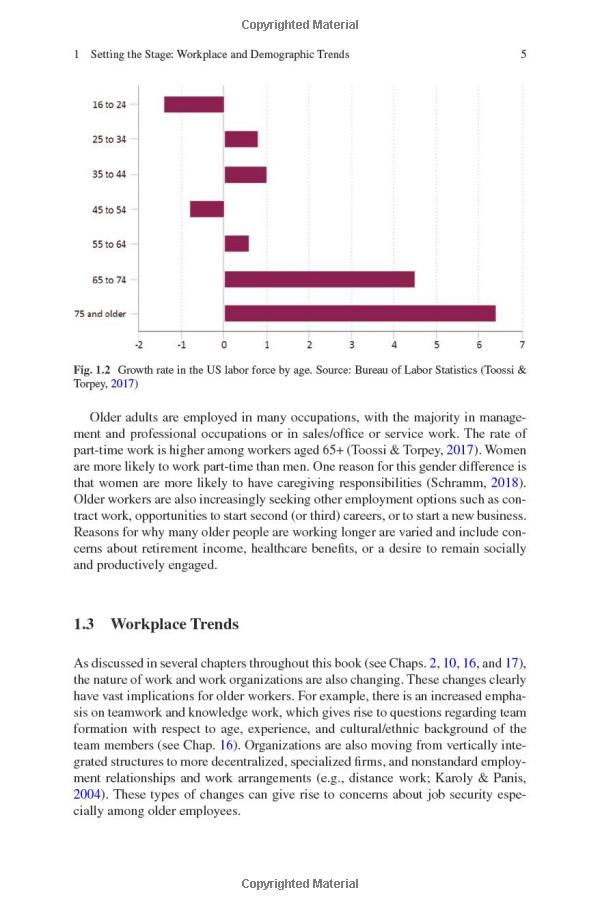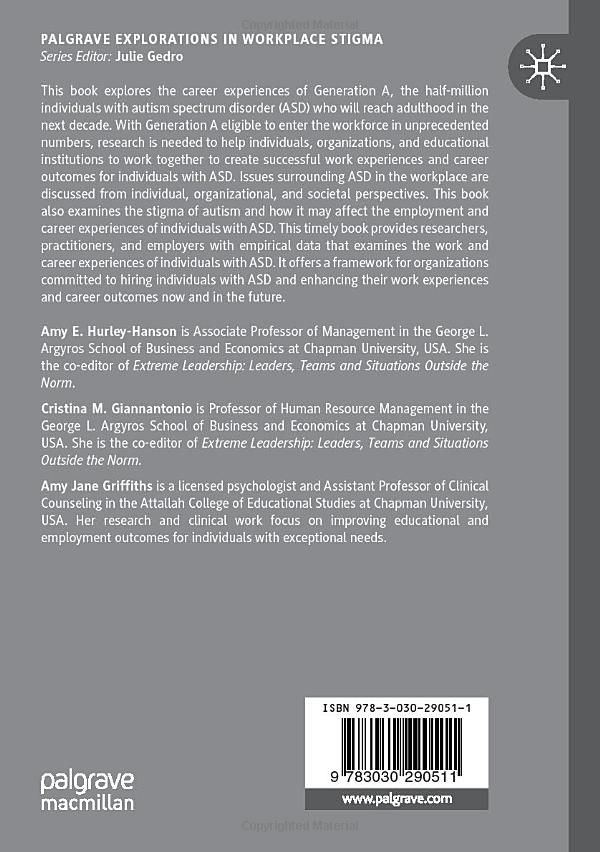"Exploring the Benefits and Challenges of Loan Forgiveness Programs in the United States"
#### Understanding Loan ForgivenessLoan forgiveness refers to the cancellation of a borrower's obligation to repay part or all of their student loans. This……
#### Understanding Loan Forgiveness
Loan forgiveness refers to the cancellation of a borrower's obligation to repay part or all of their student loans. This can be a significant relief for individuals burdened by educational debt, allowing them to pursue their careers and personal goals without the weight of financial stress. Various loan forgiveness programs exist, each with specific eligibility requirements and benefits.
#### The Importance of Loan Forgiveness Programs
In recent years, the topic of loan forgiveness has gained immense traction, especially as student debt in the United States has reached alarming levels. As of 2023, Americans owe over $1.7 trillion in student loans, and many borrowers struggle to make their monthly payments. Loan forgiveness programs are designed to provide relief to these individuals, helping them to alleviate their financial burdens.
These programs can be particularly beneficial for those working in public service fields, such as teaching, nursing, and nonprofit work. The Public Service Loan Forgiveness (PSLF) program, for example, offers forgiveness after 120 qualifying payments for borrowers who work full-time in eligible public service jobs. This initiative encourages graduates to pursue careers that contribute positively to society while reducing their overall debt load.
#### Types of Loan Forgiveness Programs

There are several types of loan forgiveness programs available, each tailored to different groups of borrowers. Some of the most common include:
1. **Public Service Loan Forgiveness (PSLF)**: As mentioned earlier, this program is aimed at those in public service jobs. After making 120 qualifying payments, borrowers can have their remaining federal student loans forgiven.
2. **Teacher Loan Forgiveness**: This program is designed for teachers who work in low-income schools or educational service agencies. Eligible teachers can receive forgiveness of up to $17,500 on their Direct Subsidized and Unsubsidized Loans after teaching for five consecutive years.
3. **Income-Driven Repayment (IDR) Forgiveness**: Borrowers enrolled in income-driven repayment plans may qualify for forgiveness after making payments for 20 or 25 years, depending on the specific plan. This program is beneficial for those whose income is low relative to their loan balance.

4. **State-Specific Forgiveness Programs**: Many states offer their own loan forgiveness programs for residents who work in certain professions, such as healthcare or education. These programs vary widely in terms of eligibility and benefits.
#### Challenges and Considerations
While loan forgiveness programs provide much-needed relief, they are not without their challenges. Many borrowers face complex eligibility requirements and lengthy application processes. Additionally, there have been numerous reports of borrowers being denied forgiveness due to administrative errors or misunderstandings about the program's requirements.
Moreover, the political landscape surrounding student loan forgiveness is constantly evolving. Legislative changes can impact the availability and terms of these programs, leaving borrowers uncertain about their future. It's essential for individuals to stay informed and seek guidance from financial advisors or student loan experts to navigate these complexities effectively.

#### The Future of Loan Forgiveness
As the conversation around student debt continues to grow, the future of loan forgiveness programs remains a critical topic. Advocates argue for broader access to forgiveness options, particularly in light of the economic challenges posed by the COVID-19 pandemic. The ongoing discussions about student loan reform may lead to new legislation that could expand or modify existing forgiveness programs.
In conclusion, loan forgiveness is a vital aspect of the student loan landscape, offering hope and relief to millions of borrowers. Understanding the various programs available, their benefits, and the challenges associated with them is crucial for those seeking financial freedom. As discussions around student debt evolve, it is essential for borrowers to remain informed and proactive in managing their loans and exploring potential forgiveness options.